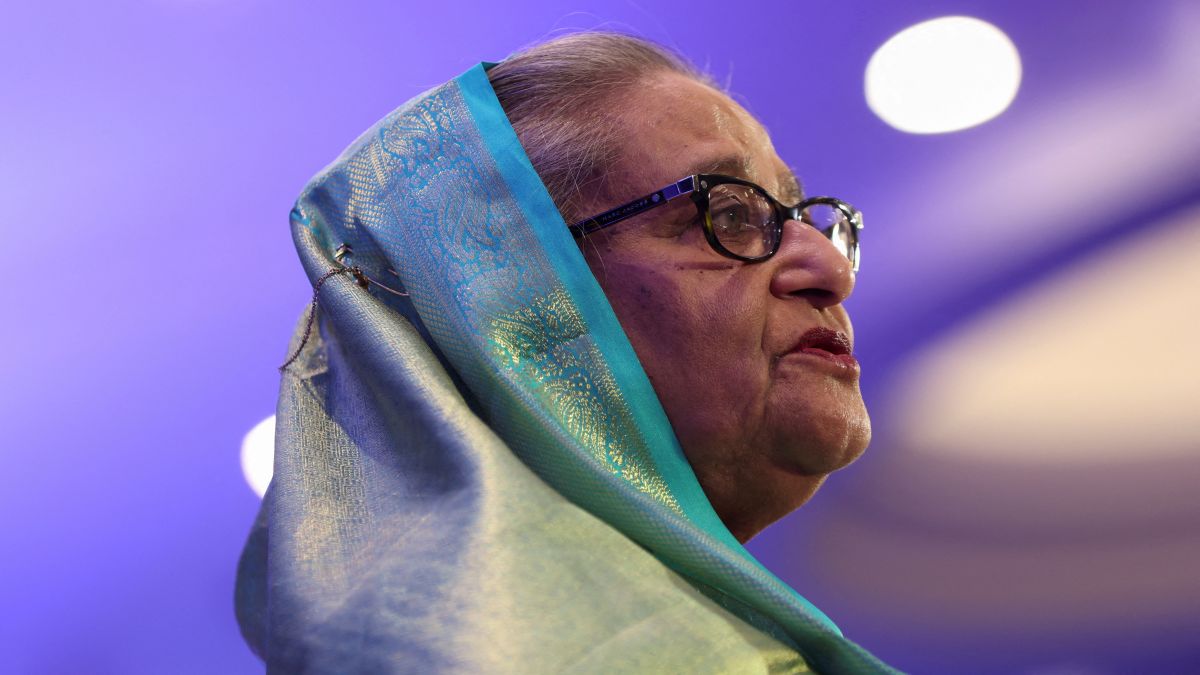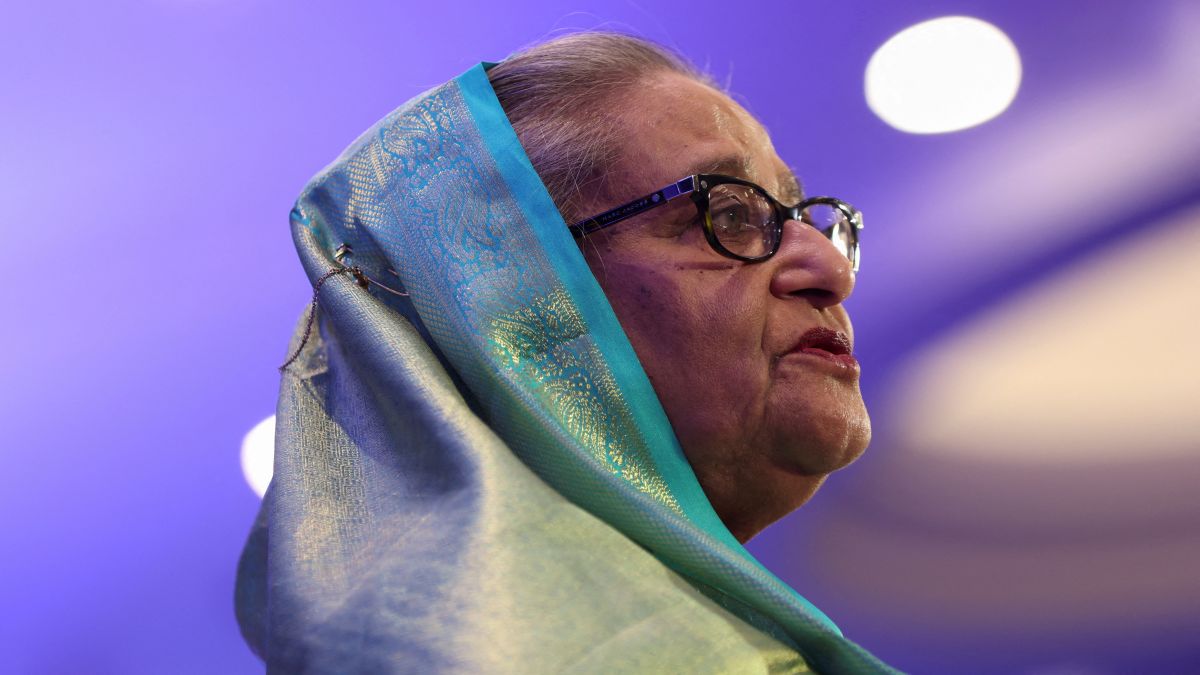In June 2016, a short children’s video appeared on YouTube — bright colours, simple choreography, and a looping melody built around a line that millions of parents would later find impossible to remove from their heads.
What began as a 90-second clip from a little-known South Korean studio called SmartStudy would eventually reshape the global digital entertainment market.
“Baby Shark Dance” did not simply become a viral hit; it grew into a cultural force that pushed a small educational content startup toward a $400 million valuation and placed South Korea’s children’s media industry on the international map.
Nearly a decade later, that once-tiny studio is known globally as The Pinkfong Company.
And as of Tuesday, its listing on South Korea’s Kosdaq market is being held up as one of the most remarkable success stories in contemporary digital media.
How Pinkfong came around
Pinkfong’s beginnings were modest.
The company, founded in 2010 under the name SmartStudy, originally consisted of only three employees: co-founders Kim Min-seok and Dongwoo Son, along with an early colleague who helped manage its fledgling content ambitions.
Both founders came from South Korea’s technology and gaming sectors, bringing experience from companies such as Nexon and Samsung Publishing.
The firm’s early focus was on educational digital products for children up to the age of 12, tapping into the rapid expansion of smartphones and tablets that were just beginning to reach households worldwide.
Quick Reads
View AllAt first, SmartStudy created interactive apps, games, and short videos designed for early learners, hoping to carve out a niche in the growing market for smartphone-based educational content.
But as competition intensified and user analytics highlighted stronger engagement among younger preschool audiences, the studio pivoted toward producing simpler, toddler-friendly programming.
This shift would eventually become the foundation of Pinkfong’s most successful franchises.
As the studio evolved, its workforce expanded — from three employees to around one hundred within a few years — and later to more than 340 staff members distributed across offices in Seoul, Los Angeles, Tokyo, and Shanghai.
Throughout these years, the company’s brand identity also changed.
By 2022, the studio officially rebranded as The Pinkfong Company, adopting the name of a cheerful pink fox character featured in early animation series that had connected well with toddlers across Asia.
This fox would eventually become the face of a globally recognised brand.
How Baby Shark was reimagined for the digital age
While Baby Shark had existed for decades as a camp song sung at summer camps in the United States, SmartStudy’s adaptation was fundamentally different in both style and intent.
The version released in June 2016 presented a K-pop-influenced arrangement, bright visuals, and easy-to-follow dance moves performed by children who mimicked the shapes of fins and shark jaws with their hands.
The repetitive structure of the melody — anchored in the unchanging refrain “Baby shark, doo, doo, doo, doo, doo, doo” — was designed for easy memorisation and high repeat-watch value.
Almost immediately, the song began circulating across schools and children’s events in Southeast Asia. Teachers and event organisers started using the dance routine, encouraging children to perform the gestures together.
Parents filmed and shared these performances, creating the earliest wave of user-generated clips. Soon after, the trend crossed into broader social media spaces.
The spread accelerated in 2017 and 2018, giving rise to the global #BabySharkChallenge, in which people of all ages — toddlers, parents, teachers, celebrities — uploaded their versions of the dance.
How ‘Baby Shark’ broke YouTube’s all-time records
By late 2020, Pinkfong’s Baby Shark video achieved a milestone that surprised even digital analysts: it overtook global hits like “Despacito” to become the most-watched video in YouTube’s history.
In the years since, the gap has continued to widen.
As of 2025, the clip has accumulated more than 16 billion views — equivalent to being played over 4.7 million times every day since its upload nine years earlier.
The song is now available in 25 languages, reflecting Pinkfong’s strategy of producing multilingual content to reach every major region.
While the United States accounted for the largest share of total views, Brazil generated the highest number of likes.
The video’s enormous popularity opened pathways far beyond YouTube revenue. Baby Shark quickly evolved into a multimedia franchise, spawning toys, books, television programmes, mobile games, stage productions, licensing agreements, and even a feature film.
Nickelodeon produced an animated series based on the Baby Shark universe, and Pinkfong developed multiple spin-off videos and learning materials geared toward preschoolers.
For several years after its release, half of the company’s revenue came directly from Baby Shark-related content and its associated merchandise.
Over time, as new franchises emerged, Baby Shark’s contribution stabilised at around a quarter of total revenue — still a substantial share for a company building a diversified entertainment portfolio.
How Pinkfong dealt with legal challenges
With visibility came legal challenges.
In 2019, US composer Jonathan Wright initiated a lawsuit claiming Pinkfong had copied his 2011 version of the Baby Shark song.
The company defended its adaptation on the grounds that the underlying tune was a traditional chant in the public domain and that its own arrangement was an original reinterpretation with new choreography, sound design, and animation elements.
The dispute continued for years, eventually reaching South Korea’s Supreme Court.
In August earlier this year, the court ruled in Pinkfong’s favour, determining that Wright’s version lacked the distinctive elements necessary for copyright protection and that Pinkfong’s creative choices made its version legally original.
The verdict strengthened the company’s standing just months before its public listing.
Why ‘Baby Shark’ still did not make its creators ‘Richie Rich’
Despite its historic viewership, Baby Shark did not translate into the kind of financial windfall one might expect from such a viral giant.
In its most recent financial disclosures before going public, Pinkfong reported annual revenue of around $67 million, with operating profit of approximately $13 million.
These numbers, while sizable, reflect the constraints imposed on children’s content creators after major regulatory shifts across digital platforms.
In 2020, following a settlement with the US Federal Trade Commission over child-privacy rules, YouTube introduced strict limitations for videos labelled “Made for Kids.”
These global restrictions eliminated personalised advertising, disabled comments and notifications, and reduced engagement-boosting features.
For content like Baby Shark, which relies heavily on algorithmic circulation and repeat viewing, these changes dramatically reduced potential revenue from YouTube’s advertising system.
Researchers who studied the impact of these policies estimate that Baby Shark might have earned two to three times more direct revenue from YouTube alone.
Pinkfong adapted by increasing focus on content deals, streaming distribution, live events, merchandising, and character-based franchising, but the financial gap created by the restrictions remains visible in the company’s earnings breakdown.
Most of Pinkfong’s revenue today comes from content sales and platform distribution fees rather than advertising alone.
Concerts, live shows, licensing deals, and long-form programming also play a role, though these contribute smaller proportions relative to the content arm.
How Pinkfong’s portfolio has evolved since
Although Baby Shark remains Pinkfong’s most recognisable creation, it is no longer its top earner.
In recent years, the company has rapidly expanded its roster of characters and franchises, including titles such as Sealook, the Pinkfong fox series, and especially Bebefinn — a family-themed animation project that has grown substantially in popularity.
Speaking to BBC, Kim Min-seok stated that Bebefinn now generates about 40 per cent of the company’s revenue, surpassing Baby Shark and demonstrating the studio’s efforts to reduce dependency on a single viral hit.
Pinkfong’s content now spans dozens of categories, including short musical videos, animated stories, educational series, musical theatre-style performances, and longer-form programming produced for streaming platforms and television networks.
The strategic priority is to create “snackable” content — short, easily consumable videos with high replay value.
Pinkfong complements this with merchandise, licensing agreements, and cross-platform integrations that help reinforce brand loyalty among young audiences while expanding revenue streams.
How Pinkfong finally got listed
Pinkfong had considered an initial public offering as early as 2019 but postponed the plan due to misalignment between the company’s expectations and investor valuations at the time.
The renewed effort culminated in its November 18, 2025 debut on South Korea’s small-cap Kosdaq market.
The company priced its IPO at the top of its expected range and raised nearly $52-53 million in the listing, depending on currency conversion estimates.
On its first day of trading, shares climbed more than 9 per cent, bringing the company’s market capitalisation to approximately $400 million.
The listing also significantly boosted the wealth of the family behind Pinkfong.
Samsung Publishing — operated by Kim’s father — held a 16.8 per cent stake in the company before the offering, while Kim Min-seok himself owned around 18 per cent.
Bloomberg’s calculations estimated the wider family’s combined fortune at about 246 billion Korean won (roughly $169 million), with Kim personally holding an estimated 97.3 billion won ($66.4 million).
Pinkfong intends to use its IPO funds to scale its content creation capabilities further, particularly in areas such as advanced CGI and artificial intelligence-driven production.
The company plans to expand its presence in key foreign markets, including North America, Japan, Europe, Central and South America, and Southeast Asia.
It has also set a target of producing at least three major new titles by 2028 as part of a broader effort to mature into a global media brand.
Also Watch:
With inputs from agencies


)

)
)
)
)
)
)
)
)



